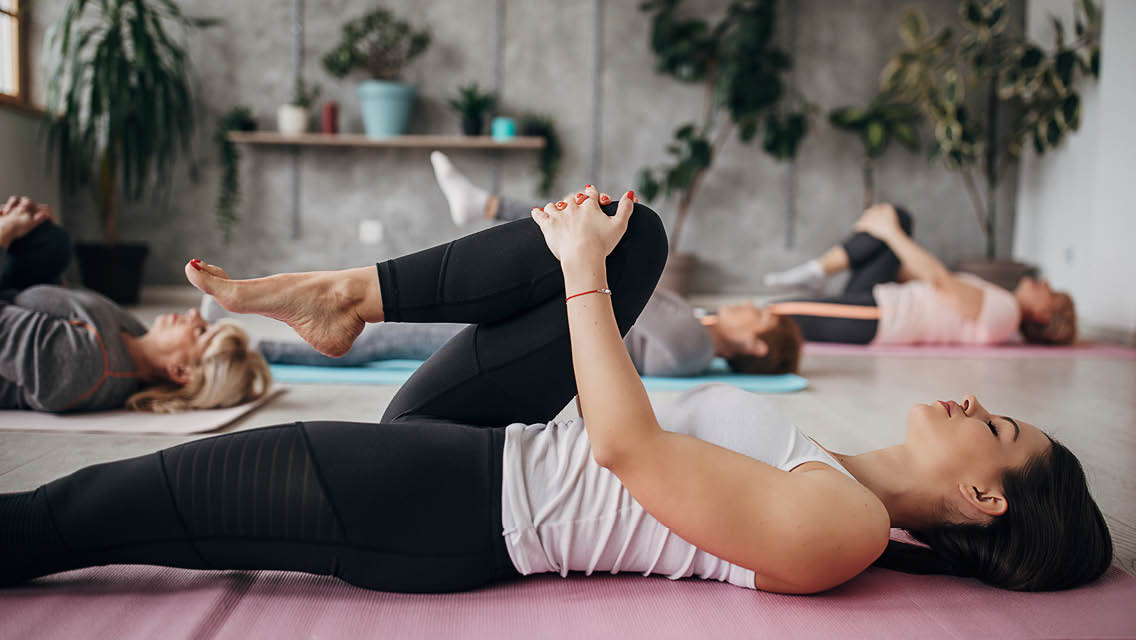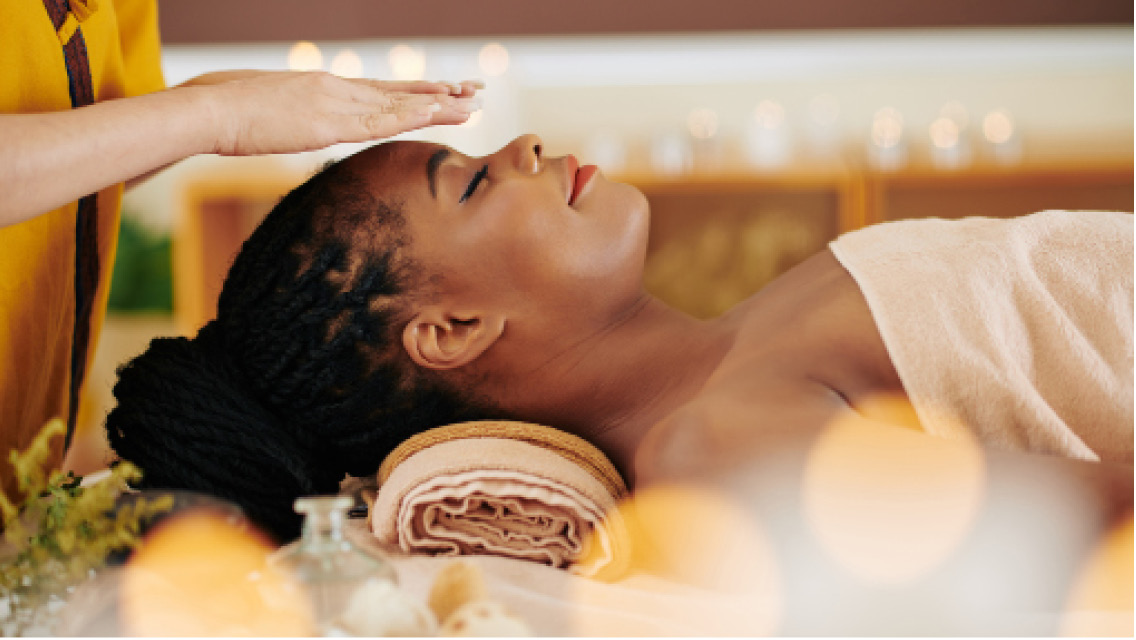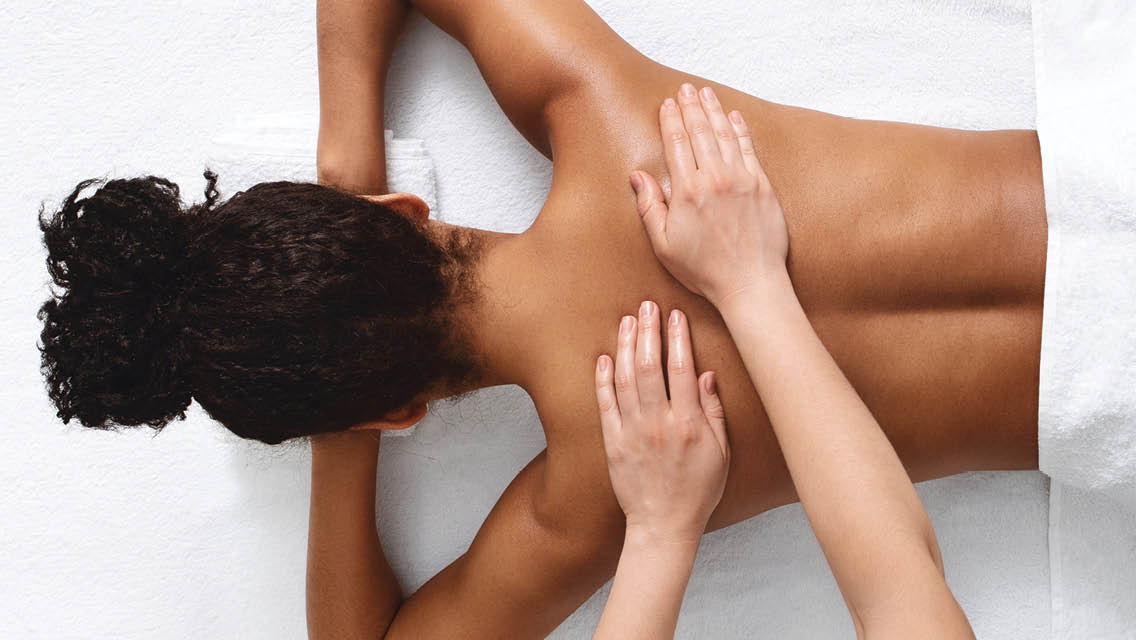|
Listen to this article:
|
Most children sit in chairs only when they must. They’re typically inclined to use their bodies in other ways: to stand, sprawl, sprint. If their mobility is limited, they still find ways to move — using their feet as hands or blazing around a playground on crutches.
As adults, we often forget that our bodies have so many movable parts. We fall into a few patterns: walking, working, texting. Even if we like to dance, run, or play a sport, our athletic movements can also be repetitive, leading to unconscious choices, a general shrinking of mobility, and eventual injury.
One way around this trajectory is to take a cue from children and relearn how to move our bodies in diverse ways. That is what the Feldenkrais Method is all about.
“It’s a method of movement re-education,” explains practitioner Krista Langberg, GCFP.
People often seek out Feldenkrais for rehab, but it’s more than physical therapy. Practitioners help teach students’ nervous systems new ways of doing and being. They believe that by revising old, stuck habits, we can eliminate the root cause of many types of pain.
Moshe Feldenkrais, a physicist and engineer born in present-day Ukraine, developed the method in the mid-20th century. He was an avid martial artist, and a chronic knee injury prompted him to devise a system for healing based on tiny, nuanced movements performed with heightened self-awareness. “If you know what you’re doing,” he famously said, “you can do what you want.”
Some things to know if you’d like to try Feldenkrais:
1. You can take a class.
Feldenkrais is taught in group classes, called Awareness Through Movement (ATM). Most of an ATM class takes place on a mat, where you perform small, subtle movements with the guidance of a teacher — learning to notice and value the impact of tiny adjustments. “There’s a strong emphasis on moving slowly and easily, and staying within the range of personal comfort so you can refine what you’re doing and how you’re doing it,” explains Jeffrey Wells, GCFP, who instructs Feldenkrais classes with Langberg in Minneapolis.
2. You can work with a practitioner.
The method is also practiced in individual sessions, called Functional Integration (FI). These hands-on sessions involve lying on a table, fully clothed, while the practitioner uses gentle touch and movement to help reintegrate your body and nervous system. The approach is holistic, so you’ll work on rebalancing the entire body even as FI sessions often focus on a specific issue, whether it’s pain, restriction, or an emotional blockage.
During a session to address pain in your right hip, for example, much of the practitioner’s attention might focus on your right foot.
3. It starts with the brain.
Most people start Feldenkrais with a specific outcome in mind, but the general goal is to facilitate better communication between the brain and the body. Becoming more conscious of your habits allows you to expand your movement choices.
When Langberg began studying Feldenkrais, she was recovering from a series of personal tragedies, including treatment and surgery for breast cancer. She wasn’t sleeping or eating well.
She knew her nervous system was stuck in hypervigilance, but it wasn’t until she was lying on a mat in class that she could become aware of a new habit: How she was holding herself was contributing to her tension. “I started to feel like I was wearing armor,” she recalls.
On the mat, Langberg could slow her attention enough to notice this feeling. This awareness allowed her to shift it. “I had the experience of my chest breaking open, like something hard broke open,” she says. “Then I would get up and walk and feel like a different person.”
4. It’s about more than rehab.
Feldenkrais is great for healing from injury, but it’s just as useful for refining everyday movements or improving your game. Langberg and Wells recently observed an ATM session involving professional hockey players. Athletes can be particularly motivated to understand their movement patterns at a subtle level, both to avoid injury and to improve their performance.
5. It’s about choices.
Ultimately, Feldenkrais works by teaching us how to adapt to change. This capacity makes us more graceful both physically and emotionally.
Wells recalls a client whose frozen shoulder he helped free: “It was great that she could connect and bring her shoulder up to her ear, but I think what she was feeling was, Oh, I am not fated to be in this body the way that it is for the rest of my life. This gave her an opportunity to see that there’s a way forward.”
Natural Healing
Energy medicine has a long history across many cultures. Today, we also have research to confirm the value of these subtle modalities for health and well-being. Explore other articles in our Natural Healing department to learn how you can embrace these modalities in your own life.






This Post Has 4 Comments
I did Feldenkrais back in the early 90’s at Abbott Northwest in Minneapolis. I would like to find a practitioner again!
Hi, Kate! So glad to hear you had a good experience with Feldenkrais! Both Krista and Jeffery are available for individual and group sessions. You can find Krista at kristalangberg.com and Jeffery at jeffery-wells.com. Good luck!
Where might we find a practitioner in The Twin Cities? Does LTF do this?
Hi, Jen!
LTF does not yet offer Feldenkrais, but both the sources in the article are based in the Twin Cities and do offer classes and consultation. You can find Krista at kristalangberg.com and Jeffery at jeffery-wells.com. Thanks for writing!